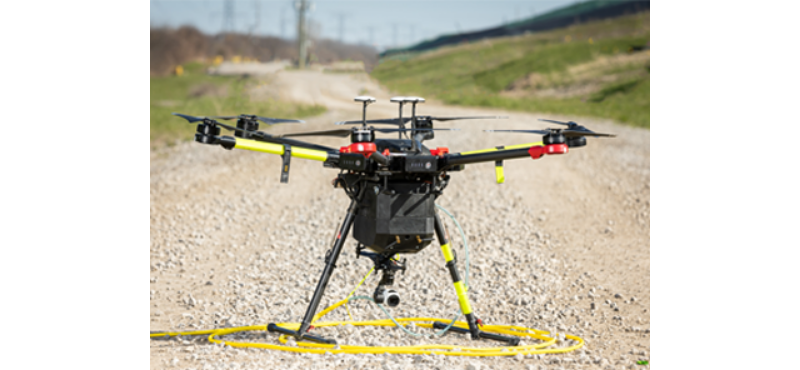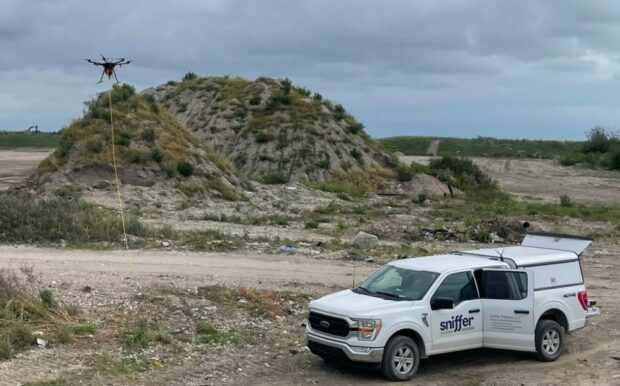The US EPA has just published OTM-051 – UAS application of Method 21 for Surface Emissions Monitoring, effectively approving the utilizing the SnifferDRONE method providing a more comprehensive, more effective, and safer means for identifying methane (CH4) leaks over landfills and terrestrial bodies.
The new method also provides a means to more consistently apply the method – aiding in standardization via automation – to raise the performance and credibility of the overall operation. This method is the industry’s best available technology for emissions monitoring, providing landfill operations an advancement to address methane emissions.
Details of the method can be found on the US EPA’s website listing Other Test Methods (OTM), or can be downloaded directly here.
Along with the OTM, a letter approving the OTM-51 method for compliance was issued in a letter referenced as ALT-150 (Approval to Use Unmanned Aerial System Application as an Alternative Method 21 for Surface Emission Monitoring of Landfills). This document can be downloaded from the US EPA’s website for Alternative Test Methods, or directly by clicking here (pdf).
The Opportunity
Landfill gas is a byproduct of waste decomposition. Generally, landfill gas is composed of 50% odorless methane, 50% carbon dioxide, with trace amounts of odorous gases such as hydrogen sulfide (H2S) and other volatile organic compounds (VOCs).
The waste industry installs gas collection systems to capture landfill gas since most of this gas can be cleaned and converted to electricity (Landfill Gas to Energy) or processed into natural gas (Renewable Natural Gas – RNG). The industry also installs cover systems (soil/vegetative cover and/or geosynthetic membranes) to prevent gas from emitting.
Despite best efforts to capture the landfill gas and/or prevent emissions, a portion is emitted into the atmosphere. Emissions are generally attributed to insufficient gas collection, poor cover and/or lack of maintenance, and can also be attributed to weather and environmental conditions. According to the US EPA, over 85 million metric tons of methane was emitted from the waste industry in the United States in 2021 – the third largest industry for methane emissions.
Methane receives most of the attention due to its harm to our environment. It is widely known that methane is 80 times more impactful than carbon dioxide on warming the planet over a 20 year period and is responsible for approximately 30% of the rise in global temperatures since the Industrial Revolution. However, other gases are emitted from landfills that are problematic – especially odorous gases affecting nearby communities.
Waste industry emissions are estimated at $6 Billion. In November 2022, the US EPA presented a Draft Report on the Social Cost of Greenhouse Gases, estimating the social cost of methane at $1,600/metric ton. This cost per metric ton translates to an overall societal cost of landfill methane emissions of over $136 billion annually. The opportunity to reduce landfill emissions offers direct financial benefits to operations and quality of life benefits to society as a whole.



There’s far more methane being emitted by the EPA and the other alphabet agencies than from landfills.